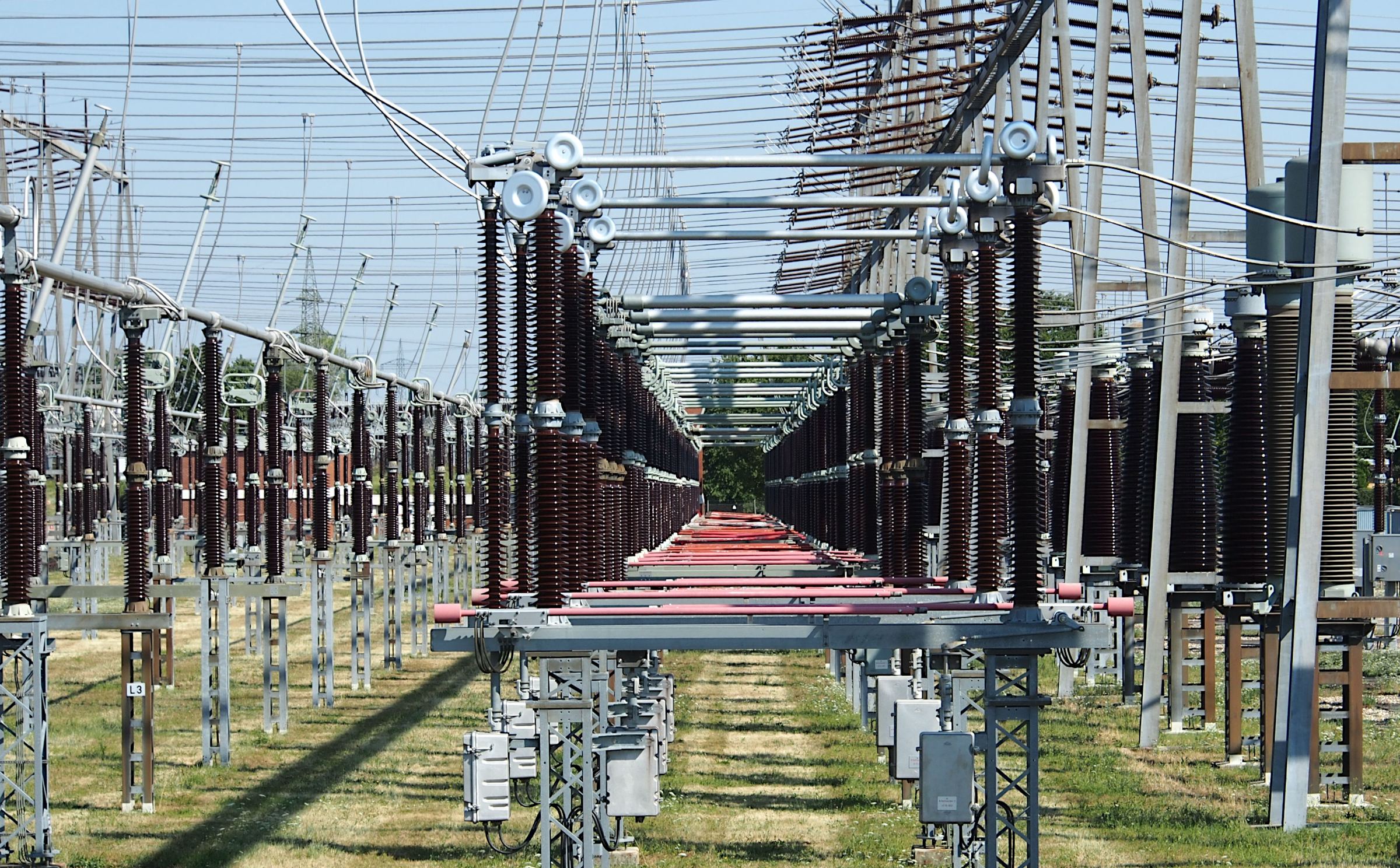CYBERSECURITY CHALLENGES AND STRATEGIC MIGRATION PATHWAYS IN THE ERA OF QUANTUM COMPUTING: RISKS, STANDARDS, AND POST-QUANTUM CRYPTOGRAPHIC READINESS
Keywords:
Post-quantum cryptography, quantum computing, cryptanalysis, TLS, PKI, QKD, MIGRATION, CNSA 2.0, NIST PQCAbstract
Quantum computers are likely to change the basis of current online security methods. Methods like Shor’s and Grover’s put at risk the math problems that keep safe many common ways to scramble and unscramble data, making for a future danger to keeping data private and proving identities. Even before very big quantum computers are real, enemies can use a "grab it now, decode later" plan by taking secret messages now and unscrambling them once quantum computers are good enough. This is a big problem for groups that deal with private or long-lasting data. Because of this, groups such as NIST, NSA, IETF, and ETSI have started projects to create and set rules for new kinds of codes that can resist quantum computers, releasing new methods such as ML-KEM, ML-DSA, and SLH-DSA. However, changing to these new methods brings its own problems, like bigger keys, slower speeds, things not working together, and possible weak spots when first used. This paper looks at the online security problems caused by quantum computers in coding methods, ways of talking online, computer hardware, and rule-making models. It also looks at current work to set standards and gives a step-by-step plan to help move to quantum-safe methods. The study stresses the need to be flexible with codes, use both old and new methods together, and keep a careful list of what you have to make sure to move to a quantum-safe world safely, bit by bit, and on time















